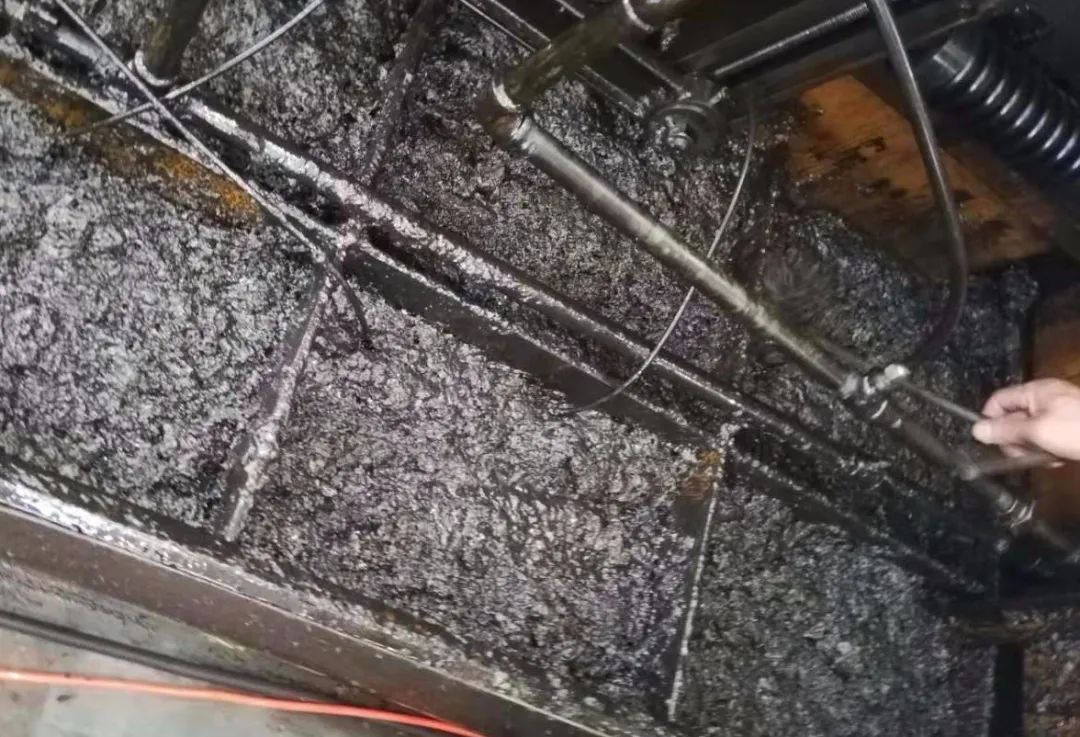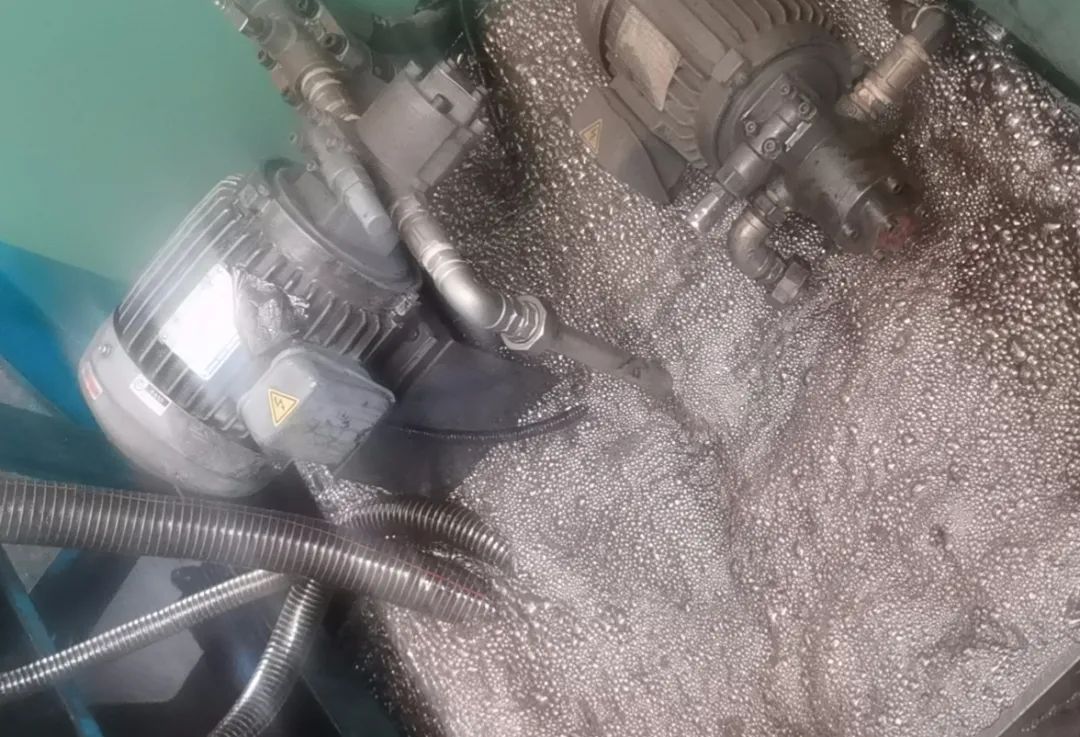
Privacy statement: Your privacy is very important to Us. Our company promises not to disclose your personal information to any external company with out your explicit permission.
3) Mixing bubble: when there are bubbles on the surface and the lower layer of the oil, it is called mixing bubble. The mixing bubble is distributed in the entire oil tank, and the density of foam is large, resulting in the decline of the transparency of the oil products and the decline of the oil pumping efficiency; In serious cases, foam overflows the oil tank.

Oil aging and excessive use

Mixing of oil products from different manufacturers
 Oil contamination caused by soap powder on the surface of wire
Oil contamination caused by soap powder on the surface of wire
3. Classification of Defoamer
Oil based defoamers are divided into three categories: dimethyl silicone oil, non silicone polymers, and composite defoamers
1) Dimethyl silicone oil: chemical property -- inert, not easy to react with other distinctions in the oil formula, characterized by low surface tension, rapid spreading on the foam surface, and rapid defoaming; High flash point and low volatility; High temperature resistance and good antioxidant properties. The disadvantage is that long-term use can cause a decrease in defoaming properties.
2) Non silicone polymer: It has good dispersion performance in mineral oil and better air release performance than dimethyl silicone oil. The disadvantage is selectivity towards some additives.
3) Composite defoamer: When a single type of defoamer cannot meet the defoaming requirements of different working conditions or oil formulations, it is necessary to compound the defoamer.
Before and after the use of carbon steel cold heading oil, the acid value, Saponification value, foam resistance and other data have changed greatly, and the content of various metal or non-metallic elements in the oil has also changed greatly. The oxidation of the oil in a short cycle is not the root cause of abnormal foam. Mixing of oil products; The saponification phenomenon caused by the mixing of phosphating skin, soap powder, and wire drawing powder during the processing is the main cause of oil foaming.
Adding defoamers is the most common way to solve the foaming problem, but different types of oil-based defoamers have different solubility in the same oil-based foam system, and the defoamer molecules have different dispersion particle size, dispersion uniformity, and defoaming performance. Therefore, only by finding the direct cause of foam and applying the right medicine can the problem be fundamentally solved.
November 08, 2024
April 26, 2024
April 26, 2024
Discussion on the problem of difficult cleaning of drawing oil for cold rolled sheet In the process of cold-rolled sheet processing, stamping and drawing is an important link, and the use of drawing...
Problems and solutions of burr, corrosion, difficult cleaning, volatilization insecurity in the use of stainless steel stamping and drawing oil In the process of stamping and drawing of stainless...
What are the hazards of too high oil ash? The harm of excessively high oil ash and the importance of low ash oil In the modern automobile industry, with the increasingly strict environmental...
How to distinguish lubricating oil impurities from sediment? And different handling strategies In the daily management of lubricating oil, it is important to distinguish and effectively deal with...
Email to this supplier
November 08, 2024
April 26, 2024
April 26, 2024
Send Inquiry

Mr. James
Tel:0086-371-58651986
Fax:
Mobile Phone:+86 13783582233
Email:sales@cn-lubricantadditive.com
Address:No.11 Changchun Road, High-Tech Zone, Zhengzhou, Henan
Related Products List
Mobile Site


Privacy statement: Your privacy is very important to Us. Our company promises not to disclose your personal information to any external company with out your explicit permission.

Fill in more information so that we can get in touch with you faster
Privacy statement: Your privacy is very important to Us. Our company promises not to disclose your personal information to any external company with out your explicit permission.